Lam Kinh special national relic site ( Thanh Hoa ) is the resting place of national hero Le Loi, founder of the Later Le dynasty.
Over the centuries, this place still retains almost intact its sacred space, ancient architecture and special cultural and historical values of the nation.
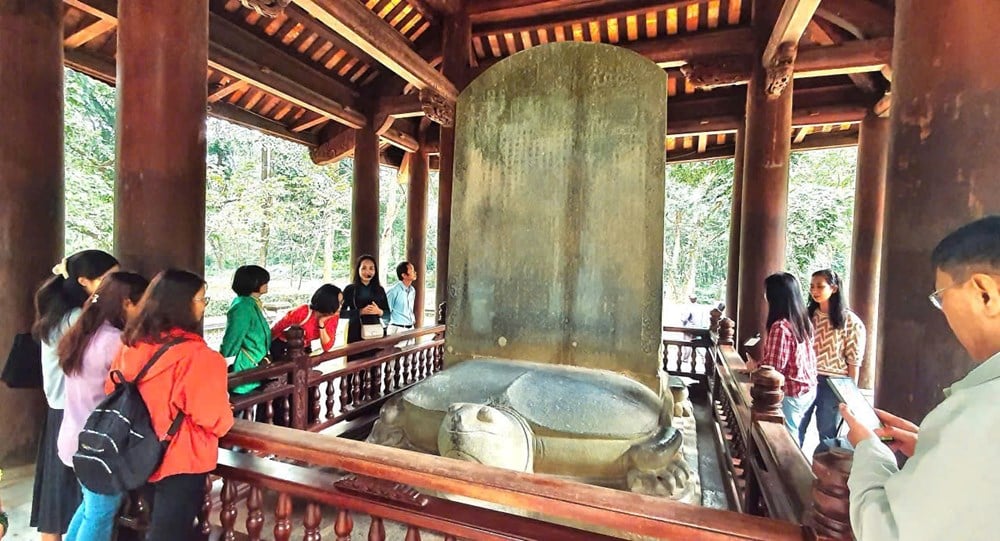
Recently, due to the impact of storms and heavy rains, some items at the relic site have been damaged and degraded.
Faced with that situation, the People's Committee of Thanh Hoa province issued a Decision approving the Economic - Technical Report on urgent repairs of the following items: Vinh Lang Stele House, Front Hall of Le Thai To Temple, fence and votive paper burning tower (belonging to Le Thai To tomb).
The total investment of the project is 1,687 billion VND, using legal revenue from the Thanh Hoa Center for Historical Research and Heritage Conservation, the investor.
The project will be implemented in the 2025 - 2026 period, aiming to overcome the consequences of natural disasters, prevent deterioration of works and maintain the long-term existence of relics.
According to the plan, the Vinh Lang Stele House will have its damaged roof ends repaired, broken tiles, rafters, roof boards and rotten leaves replaced; the front hall of Le Thai To Temple will have its roof, corner gutters and damaged wood system repaired; the gold burning pavilion will be renovated, cracks and peeling treated; the fence will have 3 collapsed pillars repaired, and 5 rusted and warped iron flowers will be replaced.
The restoration work is required to strictly comply with the Law on Cultural Heritage, ensuring that the original elements are not altered, and using traditional materials and techniques.
The Provincial People's Committee assigned the Department of Culture, Sports and Tourism to supervise the entire construction process; the Department of Construction to provide technical guidance; the Department of Finance to ensure the payment and settlement process. The investor is fully responsible for the quality, progress and efficiency of the project.
Vinh Lang Stele (also known as Lam Son Vinh Lang Stele) is considered by researchers to be one of the oldest, largest and most beautiful early Le Dynasty steles in Vietnam today.
The stele is carved from a single block of sedimentary stone, weighing nearly 18 tons, and is both of historical value and demonstrates the sophisticated sculptural art of the era.
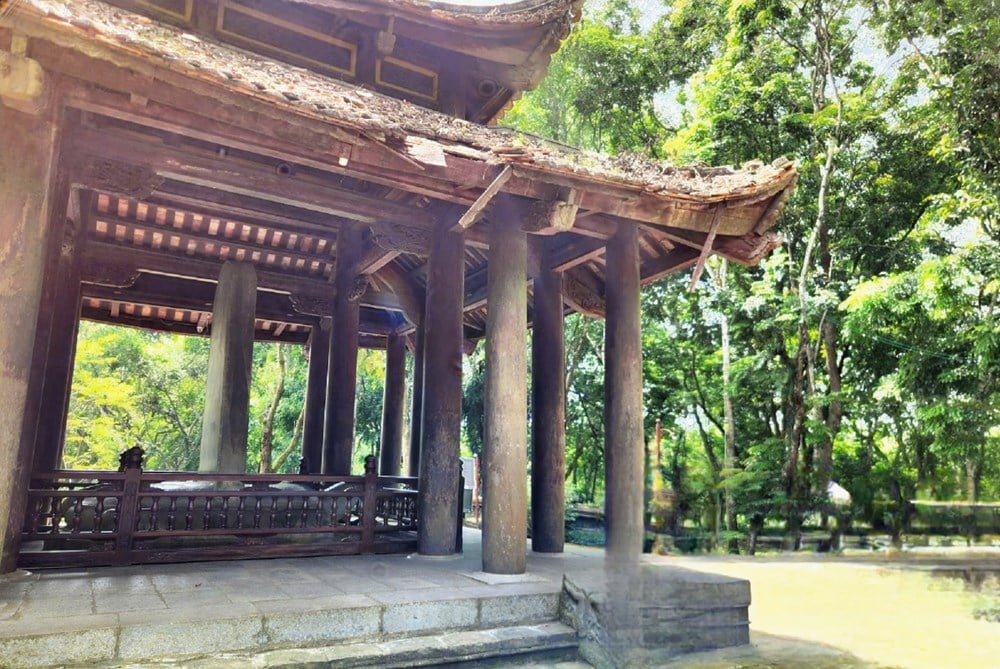
Meeting the criteria of uniqueness, unique form and special historical value, in December 2013, Vinh Lang stele was recognized as a National Treasure. The stele is located in the southwest of Lam Kinh main hall, about 300 meters from the tomb of King Le Thai To.
According to old history, Lam Kinh was the land of Lam Son, the homeland of national hero Le Loi, the origin and first base of the Lam Son uprising (1418 - 1428).
After ascending the throne, Le Loi changed Lam Son land to Tay Kinh (Lam Kinh), built this place into a sacred land of the Later Le Dynasty, the burial place of kings and Queen Mothers.
Among the remaining stone steles in Lam Kinh, Vinh Lang stele is the most typical, typical of the elaborate and meticulous carving and crafting techniques down to every detail.
The stele consists of two parts: the upper stele and the lower turtle, both made of gray-green sedimentary rock with white spots, with many mollusk shells on the surface. The stele is 2.79 m high, 1.94 m wide, 0.27 m thick; the turtle is 3.46 m long, and weighs about 18 tons.
The body of the stele is a rectangular block placed on the back of a turtle. The forehead of the stele is embossed with a five-clawed dragon. On both sides are carved dragons with coiled heads raised high. The stele border is decorated with Bodhi leaf patterns interspersed with delicate daisy chains.
The front side is engraved with about 750 Chinese characters composed by Nguyen Trai, recording the merits of King Le Thai To, praising the Lam Son resistance, and demonstrating the benevolence and tolerance of the wise king.
Below the stele is the image of a large turtle in a swimming position, head raised high, four strong legs, and a soft tail, symbolizing the longevity and sustainability of the Later Le Dynasty.
All details are handcrafted, demonstrating the pinnacle of technical and artistic skill of the 15th century.
Source: https://baovanhoa.vn/van-hoa/tu-sua-khan-cap-nha-bia-vinh-lang-hon-16-ti-dong-177969.html


![[Photo] General Secretary To Lam meets former British Prime Minister Tony Blair](https://vphoto.vietnam.vn/thumb/1200x675/vietnam/resource/IMAGE/2025/10/30/1761821573624_tbt-tl1-jpg.webp)
![[Photo] Touching scene of thousands of people saving the embankment from the raging water](https://vphoto.vietnam.vn/thumb/1200x675/vietnam/resource/IMAGE/2025/10/30/1761825173837_ndo_br_ho-de-3-jpg.webp)
![[Photo] General Secretary To Lam attends the Vietnam-UK High-Level Economic Conference](https://vphoto.vietnam.vn/thumb/1200x675/vietnam/resource/IMAGE/2025/10/30/1761825773922_anh-1-3371-jpg.webp)
![[Photo] The Third Patriotic Emulation Congress of the Central Internal Affairs Commission](https://vphoto.vietnam.vn/thumb/1200x675/vietnam/resource/IMAGE/2025/10/30/1761831176178_dh-thi-dua-yeu-nuoc-5076-2710-jpg.webp)
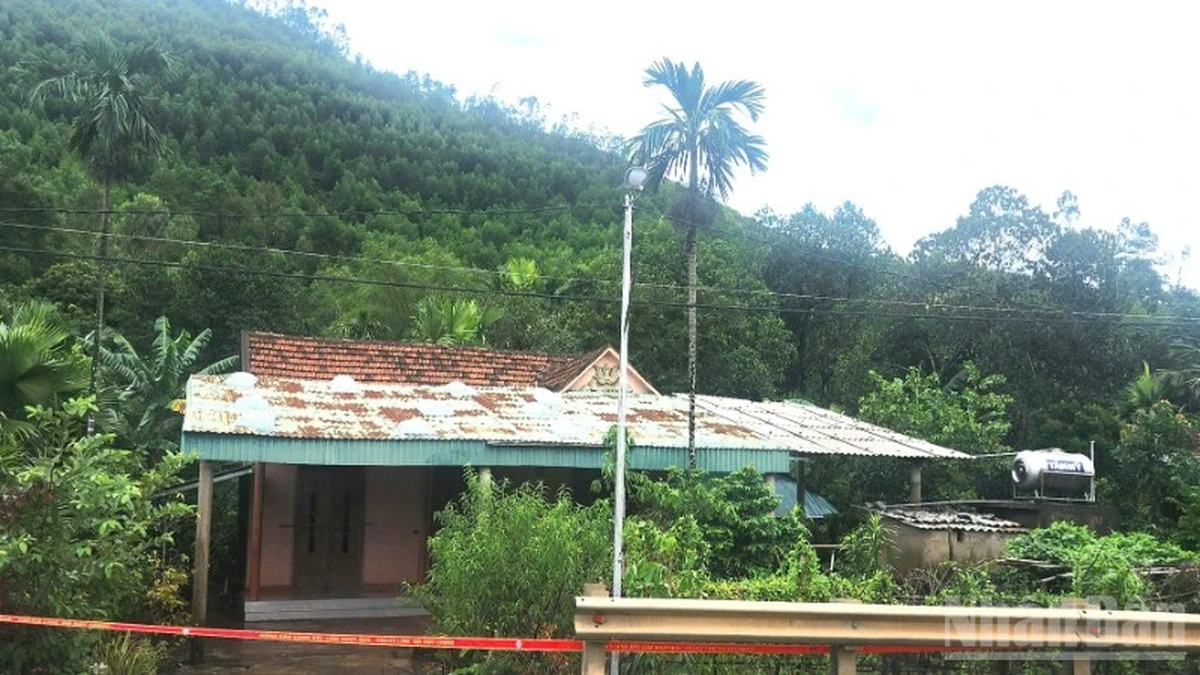
![[Photo] National Assembly Chairman Tran Thanh Man receives foreign ambassadors who came to say goodbye](https://vphoto.vietnam.vn/thumb/1200x675/vietnam/resource/IMAGE/2025/10/30/1761820977744_ndo_br_1-jpg.webp)






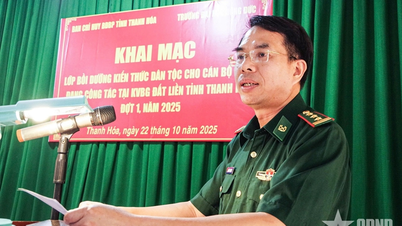

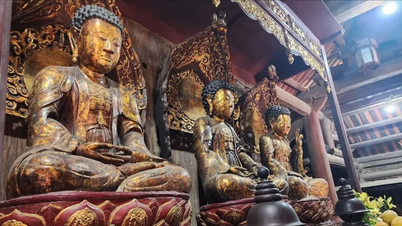



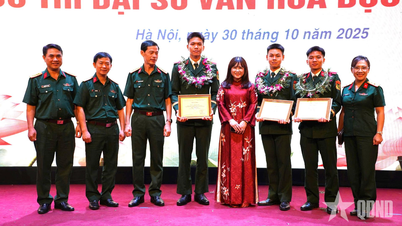



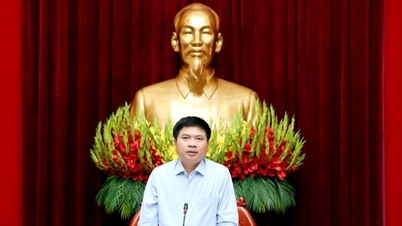









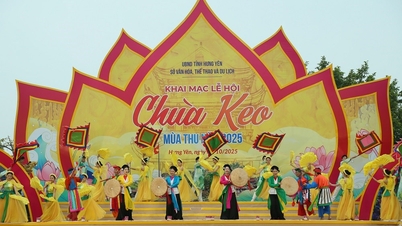
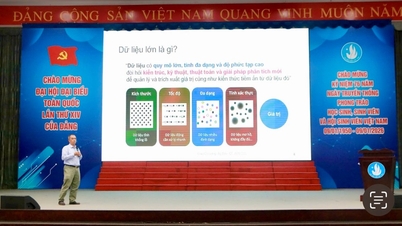





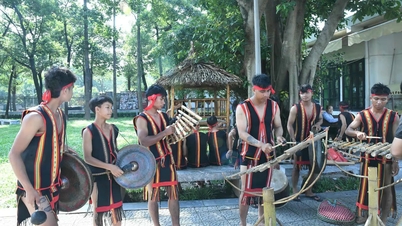

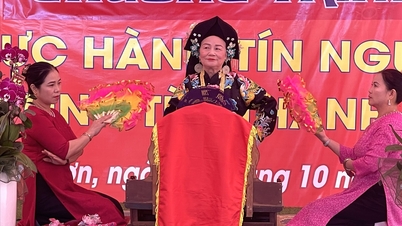

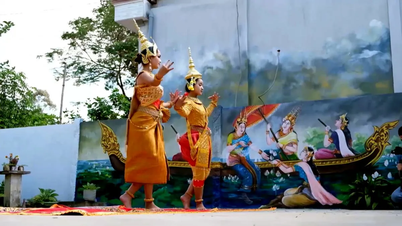



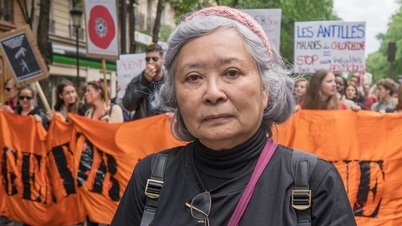

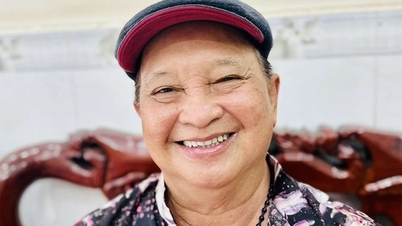



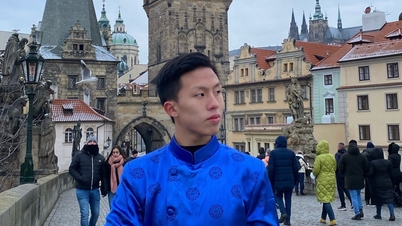


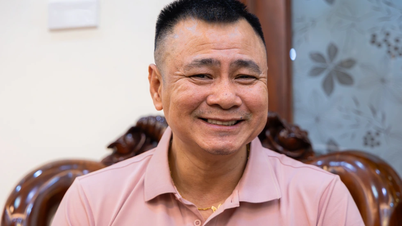





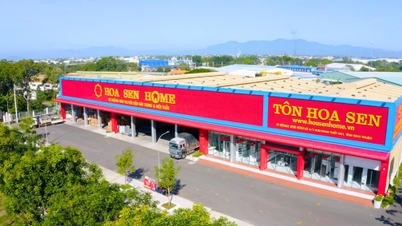










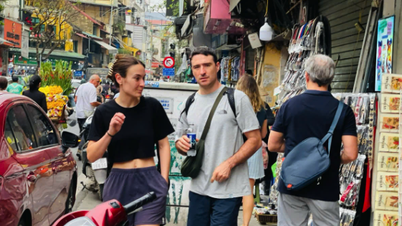





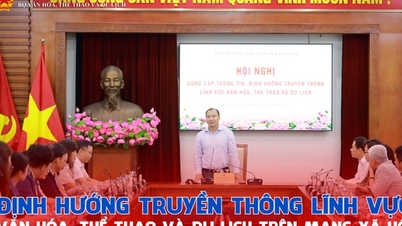
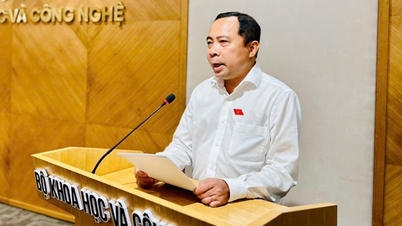

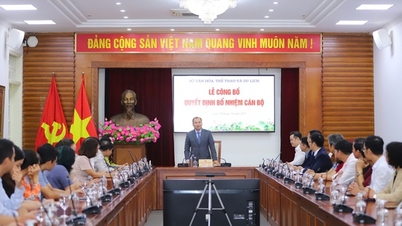



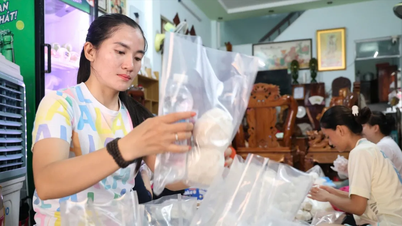
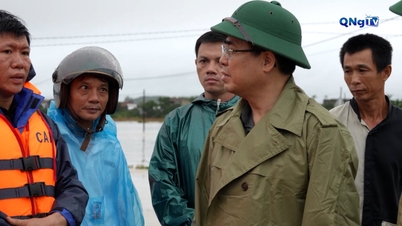

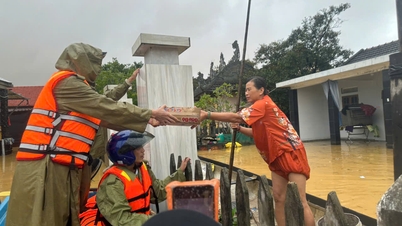

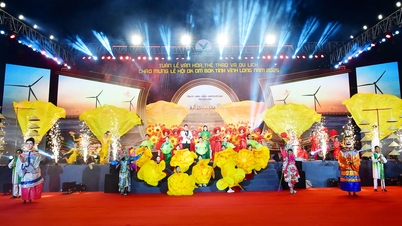



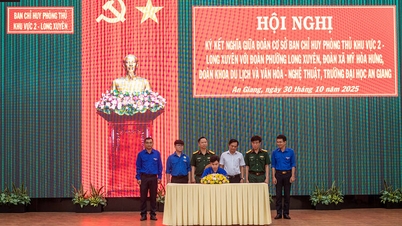














Comment (0)